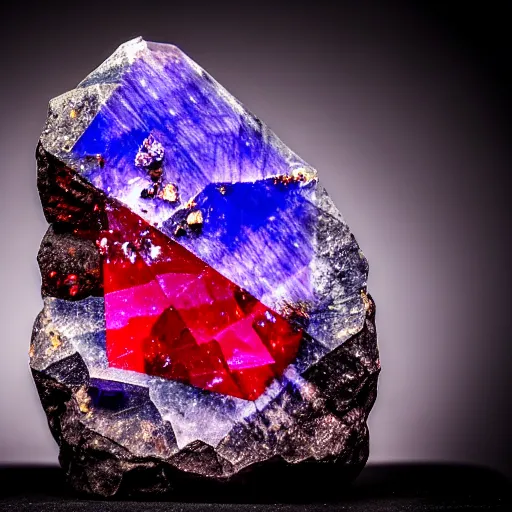The Earth is a treasure trove of elements, each with its unique properties and significance. While some elements are abundant and widely known, there are a few that are exceptionally rare and elusive. In this article, we will delve into the depths of the Earth's crust to uncover the three rarest elements found on our planet.
- Francium:
Topping the list of rare elements is francium, a highly radioactive alkali metal. With an atomic number of 87, francium is the second rarest naturally occurring element after astatine. Due to its extreme rarity and short half-life, francium is incredibly challenging to study and isolate. It is primarily found as a result of the radioactive decay of other elements, such as uranium and thorium. Despite its scarcity, francium exhibits fascinating properties, including its ability to spontaneously explode upon contact with water. - Astatine:
Next on our list is astatine, a halogen element with an atomic number of 85. Astatine is so rare that its total amount on Earth is estimated to be less than 30 grams at any given time. It is primarily produced as a result of the decay of uranium and thorium minerals. Astatine is highly radioactive and has no stable isotopes. Its scarcity and radioactivity make it incredibly challenging to study, limiting our understanding of its properties and potential applications. However, scientists believe that astatine could have promising uses in targeted cancer treatments due to its ability to emit alpha particles. - Promethium:
The third rarest element on Earth is promethium, a synthetic element with an atomic number of 61. Unlike francium and astatine, promethium does not occur naturally and is exclusively produced in laboratories. It is a highly radioactive element with a relatively short half-life, making it difficult to obtain and study. Promethium has limited practical applications due to its scarcity, but it has found use in nuclear batteries, thickness gauges, and luminous dials for watches.
Conclusion:
The Earth's rarest elements, francium, astatine, and promethium, offer a glimpse into the hidden wonders of our planet. Their scarcity and unique properties make them intriguing subjects of scientific research. While their practical applications may be limited, the study of these elements expands our understanding of the universe and pushes the boundaries of scientific knowledge. As we continue to explore the depths of our planet, who knows what other rare elements may be waiting to be discovered?




More Stories
Circular Economy Solutions: COMY Environmental Technology Leading the Charge
How Oil Type Transformers Enhance Industrial Power Efficiency
Indoor vs. Outdoor EV Chargers: Choosing the Right 7kW Charging Solution for Your Home